Embark On A Journey Through Mughal Art And History At Agra Museum In 2026
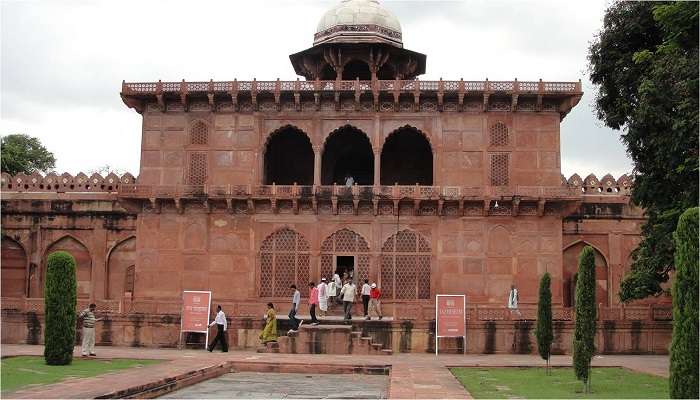
The Agra Museum is a rather intriguing presentation of Mughal art and history for tourists. This is quite a museum established in the central part of Agra, and it holds some of the cultural and traditional items of the region. Knowledge of the location of the Museum creates a base through which a deeper understanding of the role it plays in the history of India can be seen. Learning the Museum timings is half the deal, guaranteeing enough time to explore this expansive museum and its exhibits. This place presents an almanack that includes an incredibly vast array of relics, each representing the history of the Mughals.
Exploring Agra Museum: Unveiling Mughal Heritage
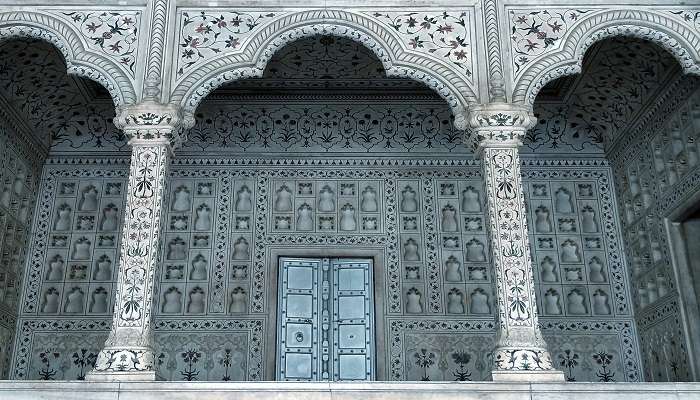
Visiting Agra Museum is a way of getting acquainted with the fundamental Mughal principles depicted by a set of beautiful and elaborate assets. Situated in Agra, similar to famous structures such as the Taj Mahal, this museum hosts Mughal art, royal artefacts, manuscripts, and architectural developments.
Every single artefact tells the cultural history of this mighty empire and the artistic talents of the Indian people. Therefore, it gives profound revelation to those who visit the place. Located in the city of Agra, the Museum offers visitors a close look into the aesthetically designed works of art and calligraphed copies of the sacred manuscripts; all this is contained in one hundred words and tells the whole story of the magnificent era of the Mughals.
Also Read: Itmad-ud-Daula
Location And Timings
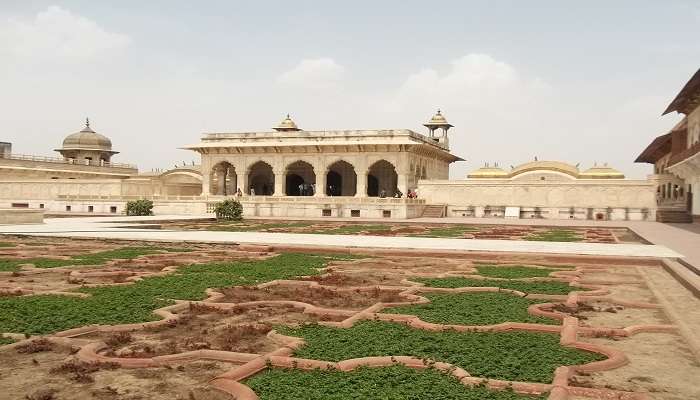
The Agra Museum is located in Agra, Uttar Pradesh. This location is fitting because the museum is close to attractions like the Taj Mahal and Agra Fort.
The correct timing of the Museum makes visiting and exploring its rich resources easier. The museum is functional from 9 a.m. to 5 p.m., but the abovementioned timings may differ.
A Glimpse Into Agra Museum Exhibit
The Agra Museum offers numerous exhibits that feature the Mughal era in terms of culture and history. From exquisite artworks to royal relics, here are some highlights: From exquisite artworks to royal relics, here are some highlights:
1. Artistic Marvels
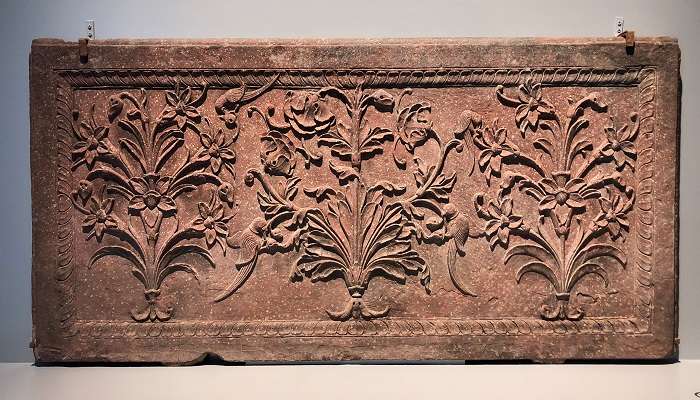
Those who visit the museum will witness a collection of Mughal paintings, widely characterised by exquisite detailing and stunning colours. These fantastic artworks portray moments in court life, wars, and even mundane tasks and can be used to study the artistic prowess of the Mughal artists.
Related post: Pathauli Village
2. Royal Relics
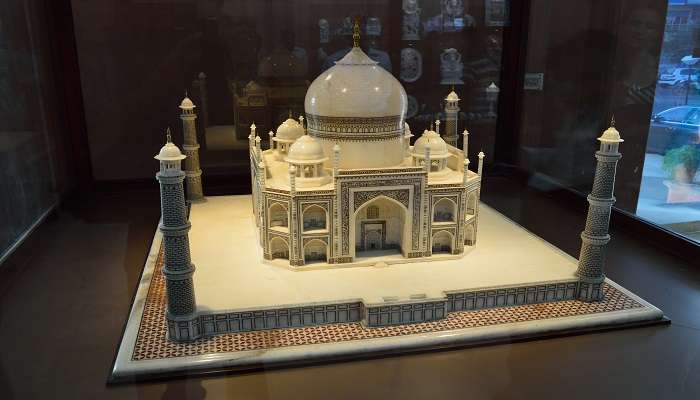
Learn about the lives of Mughal emperors and their possessions, such as the items used in battle, ornaments, and garments. These items depict the aspects of royalty and richness of the Mughal dynasties, which they loved so much, and the work put into crafting them.
3. Historical Manuscripts
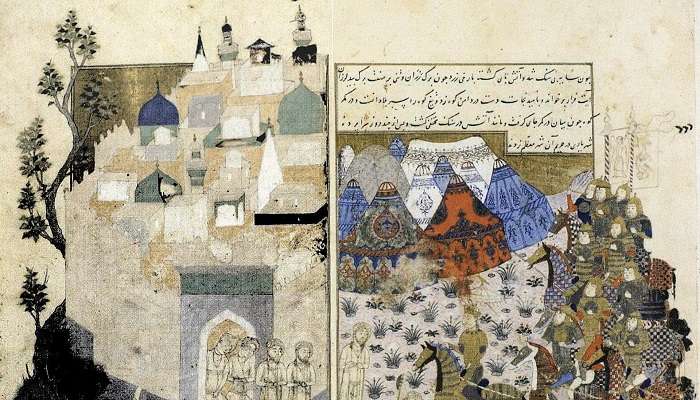
Read manuscripts that depict the history and activities of the Mughal Empire, including its administration. Such texts are crucial for understanding many aspects of the time’s governance and culture.
Related post: Banke Bihari Mandir
4. Architectural Fragments

The museum also contains some architectural elements and fragments of Mughal constructions, which allow people to touch the history and feel the country’s symbols, such as the Taj Mahal and Agra Fort. These fragments help to draw attention to the craftsmanship and architectural skill of the Mughal builders.
Understanding Mughal History: Contextualizing Agra Museum

To understand the Agra Museum, it is necessary to describe the history of Mughal power. The Mughal reign marked the history of India until the British colonisation; it was a period of adopting cultural values and creating masterpieces.
Mughal Empire
The Mughal Empire in India began under the rule of Emperor Babur, and his reign of a vast empire that stretched from modern-day Pakistan to India and beyond eventually laid the groundwork for one of the world’s longest-lasting dynasties. Famous as the great military and administrative forces, the Mughals ruled an empire that included the areas of contemporary India, Pakistan, Bangladesh, and Afghanistan.
Cultural Renaissance
To elaborate, the empire, under Mughal emperors like Akbar, Jahangir, and Shah Jahan, received a cultural renaissance. Culture, painting, writing, and music reached new heights, as evident by the architecture of the Taj Mahal and the royal city of Fatehpur Sikri.
Legacy of the Mughals
The Museum assumes responsibility for the Mughal heritage by collecting items telling the dynasty’s ascent and decline. In addition to many works of art, it has preserved a record of the political machinations of the Mughal Empire and the customs of its society.
Additional Information To Know
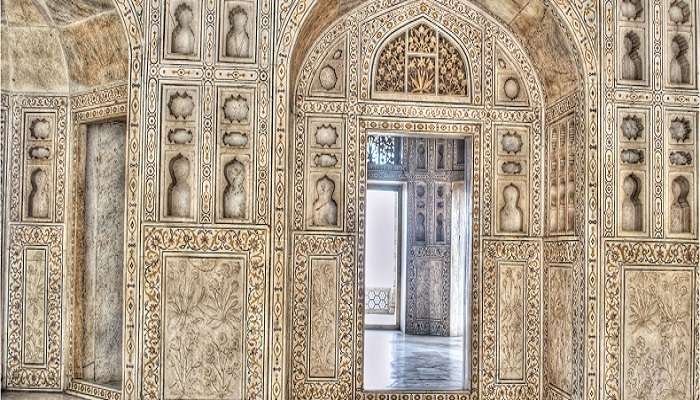
Entry Fees
Tickets for entry to the Agra Museum cost INR 20 for Indian travellers and 750 INR for travellers from other countries. Here is a guide to help you plan your trip to this cultural-historical site in Agra to see Mughal arts.
Guided Tours
Agra holds many historic treasures, and one of the exciting places to visit is the Museum. Get a guided tour through the Museum. Friendly and professional attendants explain the meaning of each piece, enhancing one’s learning about the Mughals and their art.
Nearby Attractions
It would be best to tour the Agra Museum with or from exciting nearby places, including the Taj Mahal, Agra Fort, or Fatehpur Sikri. These typical UNESCO World Heritage sites give insight into India’s overall architectural and cultural history.
You May Also Like To Read: Fatehpur Sikri
Thus, the Agra Museum remains the symbol of Mughal times, with its rich experience of art, history, and culture on its walls. Its articles, such as paintings and royal effects, weapons, shields, etc., clearly testify to the magnificent Mughal Empire’s artistry. If you are interested in Indian history and architecture, art, and folklore, the historical Agra Museum is worth a visit. Discover the next step in the historical evolution of India at the Museum and be mesmerised by a nostalgically archived Mughal experience. Learn a brief history of each artefact and reverse the cultural ignorance commonly witnessed today. Plan a trip to Agra today and plan to view this wonderful treasure of Agra.
For our editorial codes of conduct and copyright disclaimer, please click here.
Cover Image Credit : John Wormell for Wikimedia Commons
Frequently Asked Questions About Agra Museum
Is there any opportunity to take a guided tour of the Agra Museum?
Of course, guided tours of the Agra Museum are possible. They give information on the importance of every relic and also enhance the experience of every visitor.
Is it legal to take pictures within the premises of the Agra Museum?
The specific rules may differ when it comes to photography. The best policy is to ask the staff on duty at the museum about the rules and guidelines on the use of cameras and taking photos.
What is the cost of entrance to the Agra Museum?
The cost of admission to the Agra Museum is quite reasonable. Tickets for entry to the Agra Museum cost INR 20 for Indian travellers and 750 INR for travellers from other countries.
What can be found at the Agra Museum?
Agra Museum contains paintings, royal royal relics, manuscripts, tiles, architectural fragments, and other remnants reflecting the Mughal Age.
What are the opening and closing times of Agra Museum?
The timings of the Museumaree 9am to 5pm The visitors are advised to consult the official website to be updated with the latest changes with regards to the time of visit.
People Also Read:
Victoria And Albert Museum Rani Durgavati Museum Lepcha Museum

With a passion for travelling, and carving beautiful stories of stunning locations I chose my profession as a content writer. The unique blend of creativity and strategy ensures that each narrative takes readers on a journey to their desired destination. With distinct locations and unique vibes, I strive to deliver captivating content that speaks to the hearts of readers.











